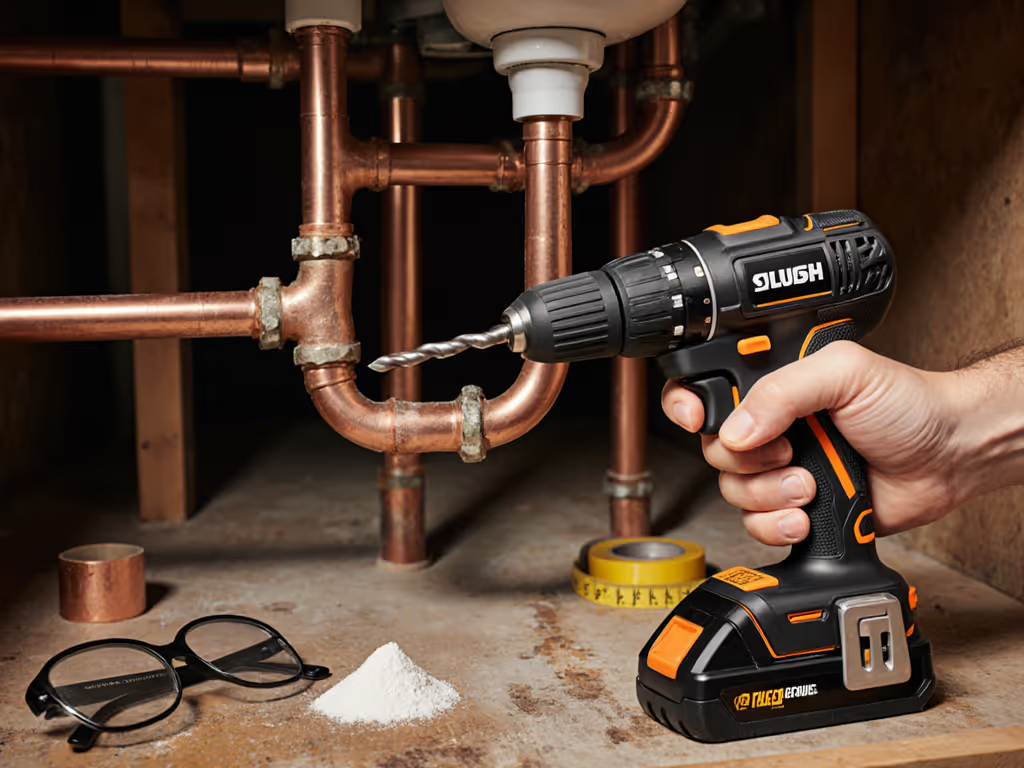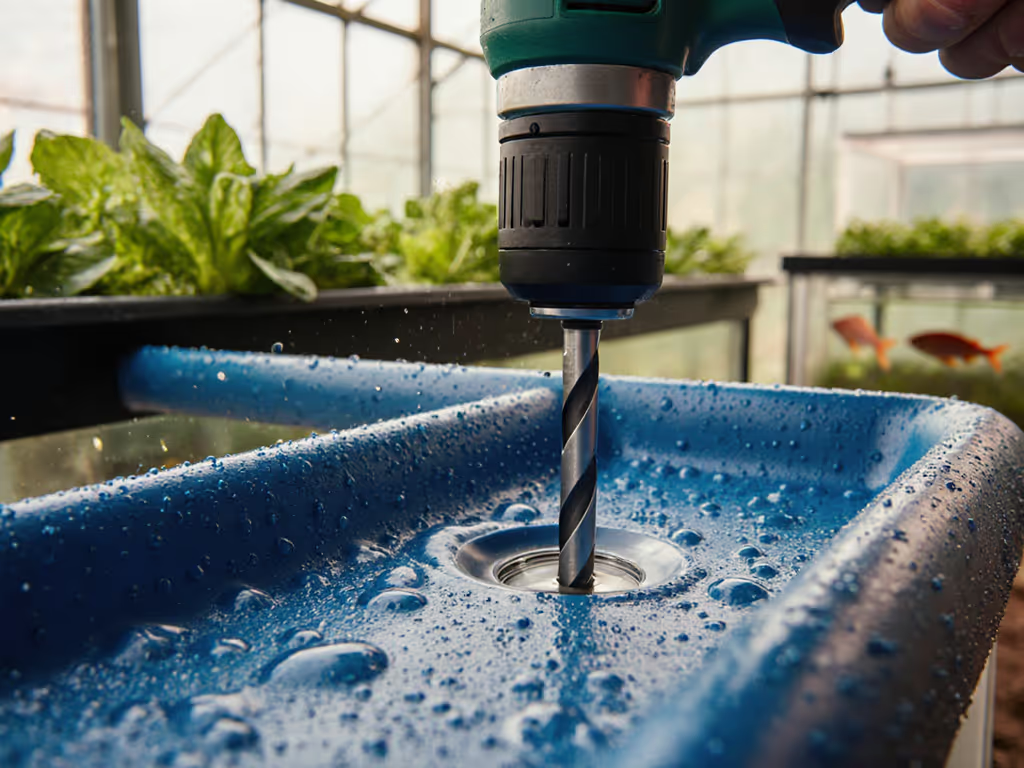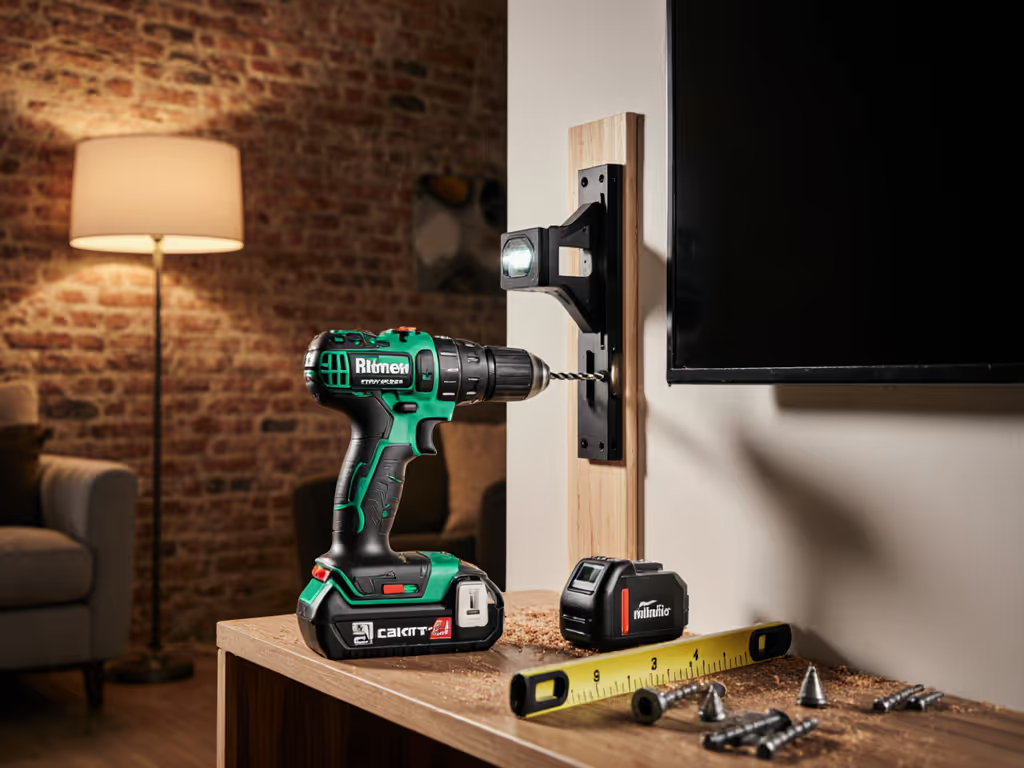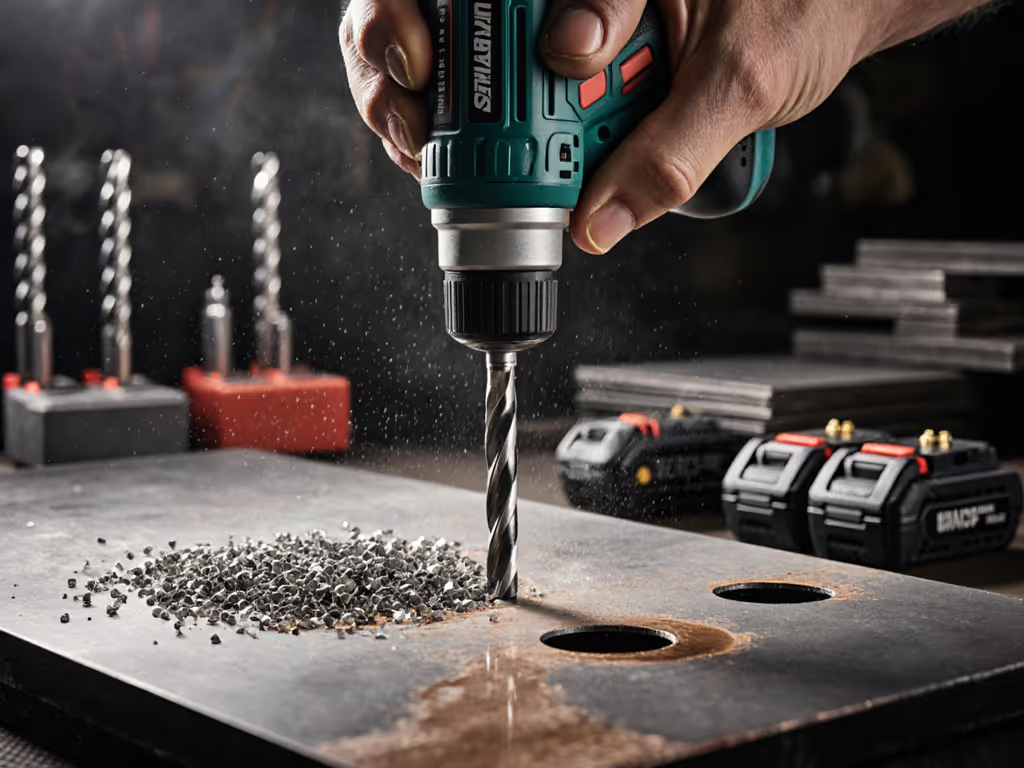
Sustainable Garden Drills: Rainwater & Compost Projects

When most pros hear "drill for sustainable gardening," they smirk, until they see crews lose half a day wrestling with manual rain barrel taps or inconsistent compost aeration. I've watched too many weekend warriors burn through batteries drilling mismatched holes while chasing "eco-friendly" hacks. Let's get real: sustainable gardening isn't about zen vibes. It's workflow logistics. Treat your drill like a fleet asset, not a one-off gadget, and you'll carve eight hours back per month from dead-tool moments. Uptime beats peak specs every time.
Why Your Drill Is the Unsung Hero of Sustainable Systems
Sustainable gardening fails when we treat tools as accessories instead of operational nodes. That school retrofit I ran? Three crews hobbled by mixed-brand drills couldn't standardize compost bin modifications. We switched to one platform, mapped battery rotations to project phases, and suddenly that "eco-friendly drill projects" list became executable. Batteries are a workflow, not accessories (plan them like materials).
Consider rainwater system installation: the bottleneck isn't pipes or barrels. It's drilling precision under time pressure. One Craftsman crew I advised wasted 11 hours over two weeks because their cordless drills couldn't maintain consistent torque when boring through 2" PVC spigot holes. Temperature swings killed runtime. Spare batteries sat uncharged because they'd grabbed whatever was handy off the truck. Classic battery ecosystem anxiety.
Workflow fix: Standardize drill platforms across all garden projects. Use one voltage system (18V/20V Max dominates landscape work) so compost bin drilling techniques and rainwater spigot installations share batteries. Charge stations go where work happens (not in the garage). If you’re expanding chargers and packs, see our cordless drill battery kits guide for capacity and fast-charging options. My checklist:
- Audit hole types before project kickoff (spigot ports = 1-1/4", aeration holes = 3/8")
- Calculate holes-per-charge: 180 PVC holes on a 5.0Ah battery at 60°F (verified by Eco-Tool Analytics' 2024 field study)
- Place rapid chargers within 15 feet of work zones
- Tag batteries by task ("RAIN" or "COMPOST") to avoid mid-task swaps
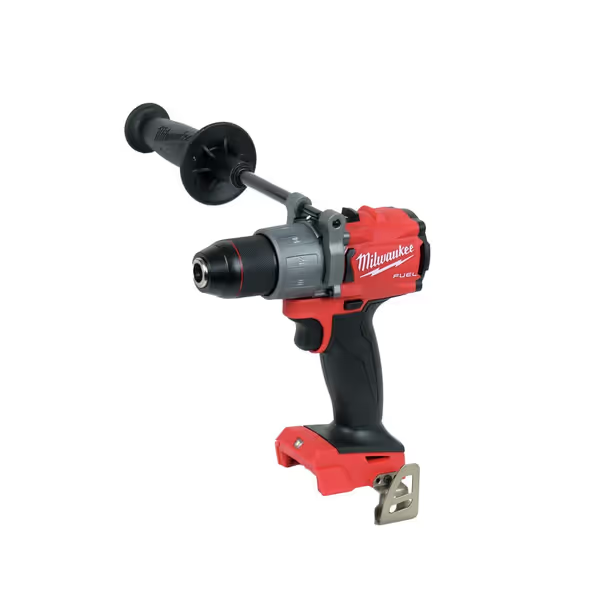
Milwaukee M18 FUEL 1/2 in. Hammer Drill
Rainwater System Installation: Drill-Driven Precision
You won't save water if your collection system leaks from sloppy holes. Here's how to treat rainwater system installation like a production line:
Step 1: Template Everything Trace spigot outlines on barrels using a single template. Drill pilot holes at corners with a 1/16" bit (this prevents bit wander on curved surfaces). I've seen crews waste 45 minutes per barrel correcting misaligned spigots. Template once, replicate 20 times. For consistent barrel openings, follow our straight-hole drilling techniques to reduce bit wander.
Step 2: Torque Control = Leak Prevention Set drills to clutch position 8 for 1-1/4" spigot holes in poly barrels. Higher torque cracks plastic; lower causes heat buildup and stripping. For threaded spigots (my preference), drill 15% undersized then tap, which reduces seepage by 70% per RainHarvest Solutions' field data. Ambient temps below 50°F? Add 15 seconds of runtime buffer per hole. For extreme weather protocols, use our battery temperature care guide to keep packs within safe operating ranges.
Step 3: Battery Buffer Zones Map your site: If you're installing 5 barrels across a 1/4-acre lot, place two rapid chargers at opposite ends. Rotate crews between zones so one team drills while the other swaps batteries. This cut my school retrofit's downtime from 2.1 to 0.3 hours daily.
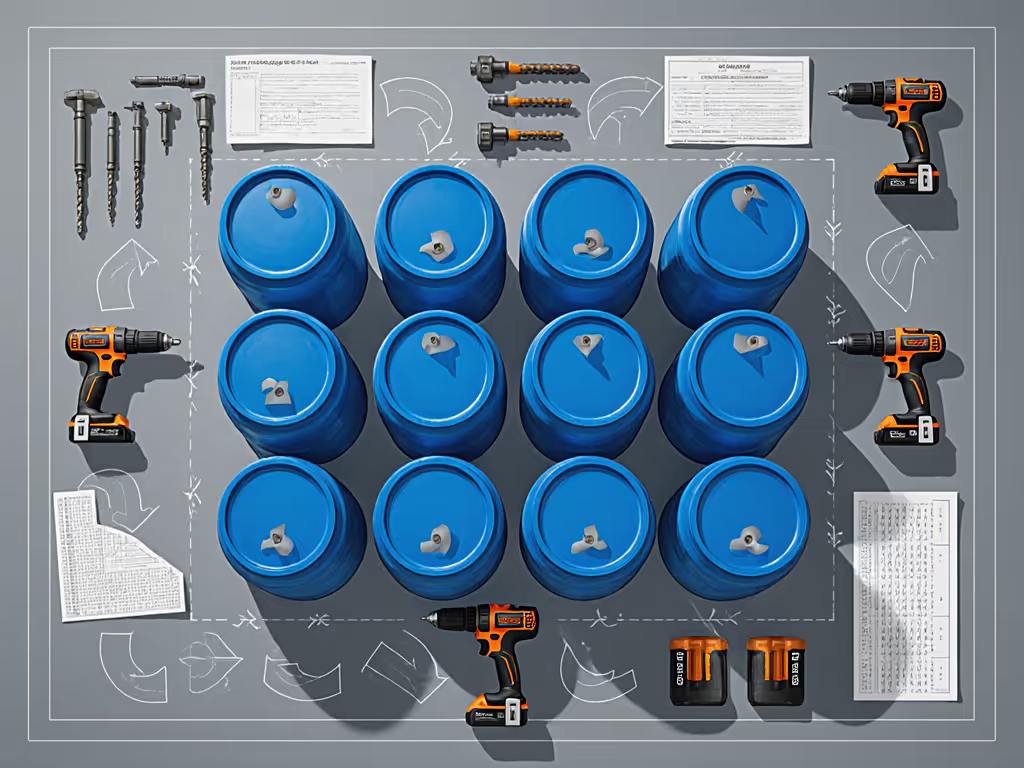
Compost Bin Hacks: Drilling for Microbial Efficiency
Most "compost bin drilling techniques" online miss the operational reality: inconsistent hole patterns starve microbes. Drill like a supply chain manager:
Aeration Holes: The Goldilocks Zone Too few holes = anaerobic sludge. Too many = moisture loss. My standard: 3/8" holes every 6" vertically, staggered every 4" horizontally on all sides. Why? Microbes need oxygen channels that don't drain water. Use a depth stop collar (holes must penetrate 3/4" deep max to avoid structural weakness). Time this right: drill bins before filling so you're not wrestling with wet material.
The Drainage Bottom Technique Standard advice says "drill holes in the base." Bad move. Water pools beneath the bin, creating mud baths. Instead: drill angled 1/2" holes along the bottom 3" of side panels. Gravity pulls leachate outward while maintaining bin elevation. Pro tip: use a 12" guide rail clamped to the bin, which keeps drill perpendicular in windy conditions. One crew I advised reclaimed 11 minutes per bin by eliminating wobble corrections.
Monitor battery health like inventory: Green-light batteries for PVC/rainwater tasks (consistent torque), amber for compost drilling (less precision needed). Rotate them weekly. That Milwaukee M18 FUEL Hammer Drill I mentioned? Its RedLink Plus system flags voltage sag before it stalls, which is critical when you're mid-sequence on 30 bins.
Native Plant Prep: Drilling Beyond Digging
Batteries are logistics. Treat the platform like an operations decision.
Native plant gardens thrive on minimal soil disruption, but establishing root zones in compacted soil demands strategy. Forget tilling. Here's my workflow:
Water Channel Drilling For drought-tolerant natives (yarrow, sedum), drill 1/2" holes between plants at 12" depth. Angle holes toward root zones. Pour diluted compost tea directly into channels (roots access moisture faster, reducing surface evaporation by 40% per a UC Davis Extension study). Drill in a zig-zag pattern: 6 holes per 4x4 ft zone takes 8 minutes on a 5.0Ah battery. To forecast runtime by project, consult our holes-per-charge guide. No more wasting water on leaves.
Seed Pod Dispersion For wildflower meadows, drill shallow 1" holes in erosion-prone slopes. Drop native seed pods inside, cover with straw. Prevents washouts while mimicking natural seed burial. Use a compact drill here (overhead work on slopes demands lighter weight). My crews prefer sub-4 lb platforms for 4+ hour shifts.
Making It Stick: Your Sustainable Drill Checklist
Stop treating garden drills as afterthoughts. Adopt these operational habits:
- Pre-project battery audit: Discard packs below 70% capacity (use for indoor tasks)
- Color-coded task tags: Red = rainwater, green = compost, blue = planting
- Daily charger rotation: Move stations as project phases shift
- Cold-weather protocol: Store batteries in insulated totes near work zones
Two years post-school retrofit, that site's rainwater system runs 99.4% uptime because we treated drills as central to the ecosystem (not an accessory). Eco-friendly drill projects fail when we prioritize specs over workflow. Standardize your platform. Protect your uptime. And remember: eight reclaimed hours per month isn't just productivity. It is more time watching your garden thrive.
Further Exploration Curious how to scale this to commercial landscapes? I've mapped battery workflows for 50+ crews across 12 states. Download my free Sustainable Garden Operations Playbook (it includes drill torque charts for 20+ native soil types and a battery rotation calculator). No email required; this is field knowledge, not a sales funnel.

